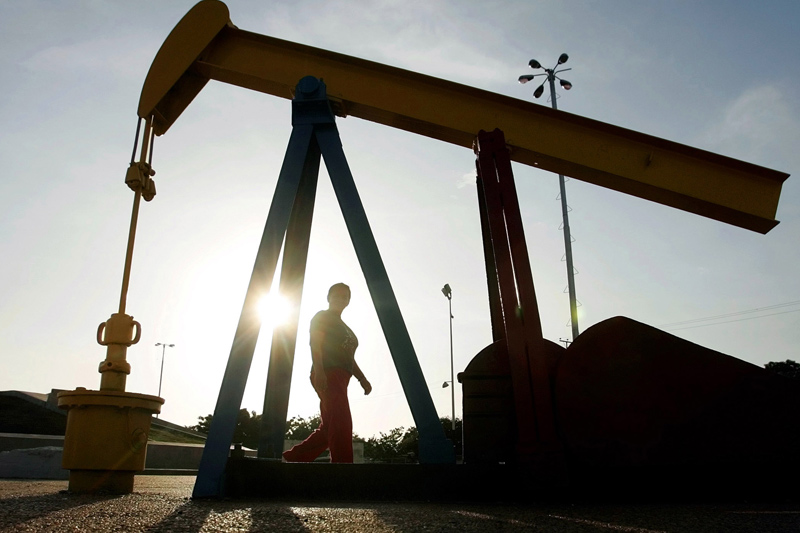* World GDP to grow by 3.6 pct this year, 3.7 pct in 2018 -IMF
* Barclays (LON:BARC) raises Q1 2018 Brent price forecast to $56 per barrel
* But says Q2 2018 prices to fall back to $48 per barrel
* Vitol CEO sees range-bound oil market
By Henning Gloystein
SINGAPORE, Oct 11 (Reuters) - Oil prices were stable on Wednesday, with U.S. crude holding above $50 per barrel after rising 2 percent the previous day on signs that markets are gradually tightening after years of oversupply.
U.S. West Texas Intermediate (WTI) crude futures CLc1 were trading at $50.96 per barrel at 0043 GMT, up 4 cents from their last settlement. They rose some 2 percent the day before, climbing back above $50 a barrel.
Brent crude futures LCOc1 , the international benchmark for oil prices, were at $56.60, virtually unchanged from their last close. Brent also rose 2 percent the previous day.
Traders said they would look to the U.S. fuel inventory data on Wednesday and Thursday for indicators on price direction.
A federal holiday on Monday has delayed the release of the weekly U.S. inventory data by a day. The American Petroleum Institute (API) is scheduled to release its data for last week at 2030 GMT on Wednesday, and the U.S. Department of Energy's report is due Thursday.
Overall, analysts said short-term conditions were tightening.
"We ... raise our Q1 2018 (Brent) price forecast by $5 per barrel to $56," Barclays bank said.
"Inventory draws will likely cause the market to refocus on geopolitical risks and low levels of spare capacity," it added.
Price support is also coming from economic growth, which the IMF said late on Tuesday would be 3.6 percent globally this year and 3.7 percent for 2018. has so far averaged $52.7 per barrel this year. By the end of the year, Barclays said it expected Brent to have averaged around $53 per barrel.
Despite this, Barclays said oil could dip again in 2018, with Q2 2018 Brent to fall back to $48 a barrel, thanks largely to rising global output.
A pact between the Organization of the Petroleum Exporting Countries (OPEC) and other producers including Russia to cut output by 1.8 million barrels per day (bpd) in order to prop up prices is due to expire by the and of March 2018.
There are discussions to extend the pact, but production elsewhere is rising.
In the United States, where producers are not participating in any pledge to restrain supply, output has risen by 10 percent this year to over 9.5 million bpd. C-OUT-T-EIA
Ian Taylor, chief executive of top oil trader Vitol, told Reuters on Tuesday that U.S. output would climb by another 0.5-0.6 million bpd next year, although growth would flatten after that.
Taylor said oil markets would remain range-bound.
"The market is tightening up. But it's very shallow ... There will be moments when we must get closer to $60 and moments I'm sure when we'll flirt with a number with a 4 in front of it. But it's a pretty narrow range," Taylor said.
